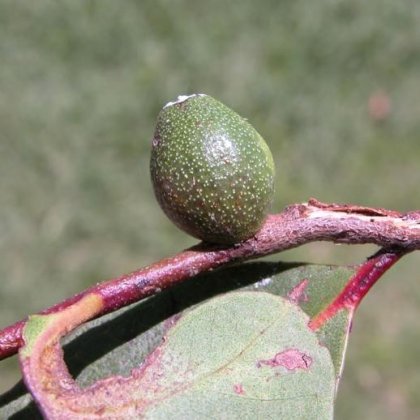
The diversity of plants, mammals and birds in Australia is well-known, but scientists have very little idea of how many hundreds of thousands of species of Australian insects exist.
Researchers from The University of Queensland are using DNA technology and chromosome analysis to tackle the difficult task of finding out just how many bugs are out there.
UQ PhD candidate Penelope Mills said accurately assessing diversity was made particularly difficult by the number of “cryptic” species.
“Cryptic species are groups of organisms that appear identical but are genetically quite distinct,” she said.
“With the availability of inexpensive DNA sequencing technology it has become apparent that the number of distinct species is much higher than previously thought.
“Our recent research into scale insects revealed triple the number of recognised species, and we expect that the further we look into insect diversity, the more species will be revealed.”
The researchers focussed on Apiomorpha minor, which are scale insects that live inside woody lumps, called galls, on eucalypt trees.
The insects induce and control the growth of the gall, relying on it for survival.
Ms Mills said that previous studies had identified four species, but genetic analyses had shown more variation in chromosome numbers than expected to occur within one species.
“We found that there were at least 12 distinct species,” Ms Mills said.
“As we continue to look more closely at the DNA of insects it is very likely thousands of new species will be uncovered.
“Your next bushwalk could yield a species that we haven’t seen before.”
The research is available online in Molecular Phylogenetics and Evolution.
Media: Ms Penelope Mills, 0403 926 498, penelope.mills@uqconnect.edu.au




